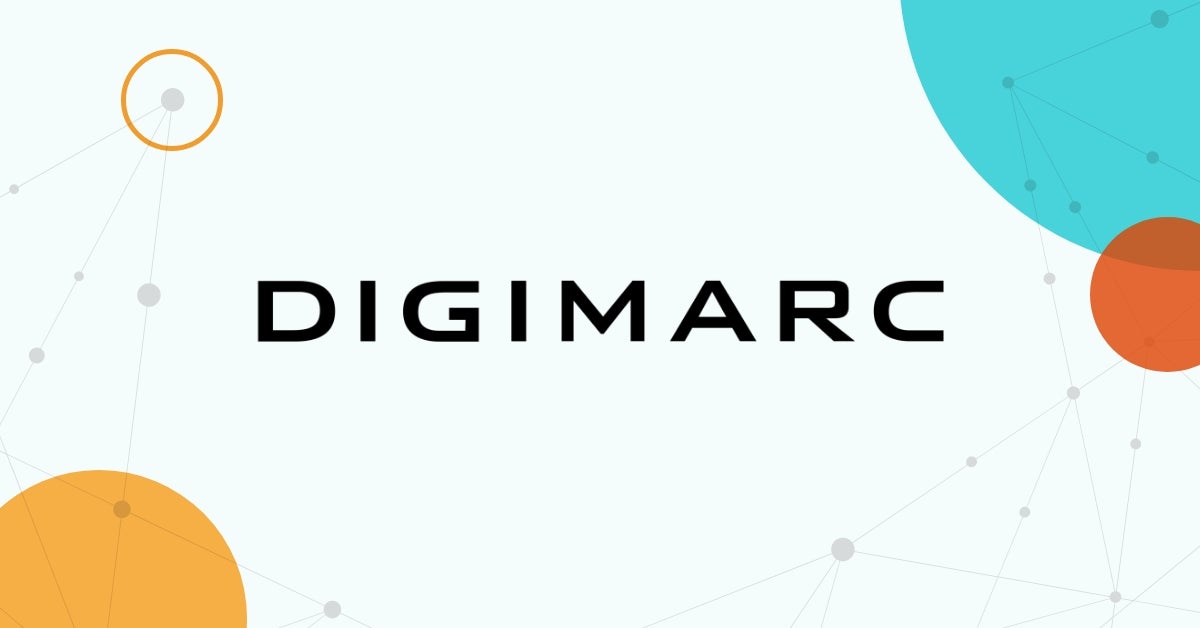Massive market in the recycling space imo. Not just at a bin or recycling receptacle point but at things like MRFs (material recovery facility) and large scale.
/PRNewswire/ -- Digimarc Corporation (Nasdaq: DMRC), a global leader in product digitization, announces positive results from a Canadian recycling pilot...

www.prnewswire.com
Results From Canadian Circular Plastics Taskforce Pilot Confirm Digimarc Recycle Improves Sortation of Flexible Packaging
USA - English
NEWS PROVIDED BY
Digimarc Corporation
17 Oct, 2022, 08:00 ET
BEAVERTON, Ore., Oct. 17, 2022 /PRNewswire/ --
Digimarc Corporation (Nasdaq:
DMRC), a global leader in product digitization, announces positive results from a Canadian recycling pilot project assessing the effectiveness of Digimarc Recycle in improving recycling sortation.
The project – a first in North America – assessed the effectiveness of Digimarc Recycle in optimizing the sortation of flexible plastic packaging in Canada and was undertaken in conjunction with the
Circular Plastics Taskforce (CPT), participating converters, and Pellenc ST.
Continue Reading
These results confirm Digimarc Recycle is exceedingly effective in improving the accuracy of recycling sortation
Post this
The CPT aims to drive projects to improve the recycling of all plastic packaging within the evolving Extended Producer Responsibility (EPR) landscape in Quebec, and Canada more broadly. Assessments were aimed at delivering a first-hand view of sorting performance by CPT constituents as well as an observation of performance in mixed waste that is characteristic of Canadian conditions.
The accuracy of detection and sorting was 99% for films and flexibles satisfying the enhancement guidelines set by Digimarc. Remarkably, the results show consistent behavior no matter the type of material used, the form factor, or the type of comingled waste. The CPT concluded that Digimarc technology works to sort films and flexibles accurately and efficiently on a SKU-level (deterministic) basis. Starting in 2023, CPT aims to implement the technology in facilities to enable the separation of flexibles by attributes, allowing the creation of new end-markets.
"These results further confirm what has been validated in other programs: Digimarc Recycle is exceedingly effective in improving the accuracy of recycling sortation and provides an ability to sort material that current optical sorting technology cannot," says Riley McCormack, Digimarc CEO. "The Canadian provinces have ambitious targets and a clear commitment to action. We are energized by the opportunity to support CPT as they execute against their vision for advanced plastic recycling in Canada."
Large scale sorting assessments with Digimarc technology have been performed over the last year, most notably as part of
HolyGrail 2.0, a cross-industry initiative in Europe driven by AIM – European Brands Association and powered by the Alliance to End Plastic Waste. While these assessments have increased in complexity and challenge, results measuring detection rates, sorting rates, and purity levels have remained both consistent and exceedingly high.
About the Circular Plastics Taskforce (CPT)
The CPT's objective is to promote the implementation of a circular economy for post-consumer plastics in Quebec and Canada. The CPT aims to improve the alignment between end markets' needs for recycled resins and the recycling value chain, by identifying and implementing concrete optimization solutions that can be deployed in the short and medium term. The members of the CPT steering committee are Cascades, Danone Canada, Dyne-a-pak, Keurig Dr Pepper Canada, TC Transcontinental, the Chemistry Industry Association of Canada (CIAC) and Éco Entreprises Québec (ÉEQ). For more details on the CPT, visit
www.gapc.ca.
About Pellenc ST
Pellenc ST, headquartered in France, is a major manufacturer of intelligent sorting equipment and connected services to promote the circular economy. Pellenc's optical sorters are working around the world, both in Material Recovery Facilities and Recycling facilities and their core technology is based on home-made spectroscopy solutions to recognize materials and colors. Pellenc is keen to develop combinations with new technologies like Digimarc Recycle, in order to tackle new sorting challenges with optimal performance.
About Digimarc
Digimarc is a global leader in product digitization, delivering business value across industries through unique identifiers and cloud-based solutions. A trusted partner in deterring digital counterfeiting of global currency for more than 20 years, Digimarc reveals a product's journey to provide intelligence and promote a prosperous, safer, and more sustainable world. With Digimarc, you can finally see everything. And when you see everything, you can achieve anything. For more information, visit us at digimarc.com.
About Digimarc Recycle
Digimarc Recycle represents a revolution in the sortation, and thus the recycling, of plastic waste. By linking covert digital watermarks (used to deterministically identify plastic packaging to any desired level of granularity) with an extensible cloud-based repository of product attributes (such as brand, SKU, product variant, packaging composition, food/non-food use, etc.), Digimarc Recycle overcomes the limitations of today's optical sorting technologies to drive a step-change improvement in the quality and quantity of recyclate. Moreover, the same information used to drive this advanced sortation in facilities can be used to provide product-specific and location-based disposal instructions via a brand-owned direct-to-consumer digital communication channel accessed via on-pack watermarks or QR codes.
In addition to providing the information necessary to power advanced sortation both at collection as well as in facilities, Digimarc Recycle captures and provides a holistic view of the post-purchase product journey benefitting stakeholders across the value chain. Producer Responsibility Organizations can design and implement more meaningful, and more accurate EPR schemes, facility operators can unlock operational efficiencies and insights, and brand owners and retailers can access data to power design-for-recyclability improvements, packaging-usage reductions, consumer behavior insights and overall operational gains.
SOURCE Digimarc Corporation




